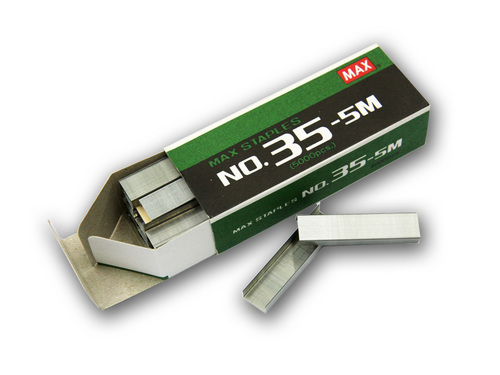

This makes the wire very flexible, but does so because there is space around the strands. If a wire is labeled as 4 gauge, then sadly, you have no way of knowing how big it is, other than attempting to measure it.Ĭutting a wire and looking at the area also doesn’t always tell the story. If you have been around the industry for any amount of time, you will have seen wires that claim to be 0 gauge but have a conductor area equivalent to a 6 AWG. In the steel sheet industry, gauge is an important tool for specifying material thickness. There is a second term used in our industry: gauge. It’s not a debatable number – the conductor either meets the standard or it doesn’t.

This sets a specific diameter for a conductor. In the mobile electronics industry, we use the American Wire Gauge (AWG) standard. When it comes to flowing electricity, or, more specifically, flowing electrons, the most important thing to consider is wire size. Some companies manufacture all-copper strand wire but coat the outside of each strand with a thin layer of tin to help prevent corrosion. From the side, it looks like copper, but if you cut off a piece and look at the end, you can see the gray aluminum content. In these conductors, the core of the wire is a cylinder of aluminum and around it is a layer of copper. Looking at the alternative, we have CCA conductors. Everyone in the industry uses “OFC” for a piece of wire that is not copper-clad aluminum (CCA). In the mobile electronics industry, there is no way to know if the solid copper conductor you are purchasing is oxygen-free or not unless you can witness the casting process in person. a conventional copper with content that is roughly six times that amount. If all is done perfectly, the copper-oxygen content is around 42 parts per million (PPM) vs. When molten copper is cast and drawn into a conductor, the process to make an OFC conductor reduces the oxygen content of the wire. In actuality, OFC is a type of solid copper. The term OFC (oxygen-free copper) has become abused and is used synonymously with solid or all-copper conductors. Imagine using large-gauge solid copper wires in the wire boot in a door jamb or to your trunk or hatch lid. Solid conductors (like single-strand house wiring) may offer slightly more conductor area for a given wire diameter, but over time, the solid wire can work-harden, become brittle and eventually break from repeated back-and-forth motion. In mobile applications, or anywhere that a conductor may be exposed to movement or vibration, it is recommended to use only stranded conductors.

This article looks at the differences between each kind of wire, and explain the challenges of ensuring your high-current device gets the power it needs to do the job you want done. Let us know how we can improve.When it comes to high-current wiring in a vehicle, there are two types of stranded power wire available: solid copper and copper-clad aluminum. Visit the Terms of Use and Privacy Policy for this site. Visit the Tables page to view reference tables such as Maximum Ampacity for Current-Carrying Conductors. To calculate wire ampacity for a circuit, use the Wire Ampacity Calculator or the Advanced Wire Ampacity Calculator.įor long conductor runs where voltage drop may be an issue, use the Voltage Drop Calculator to determine proper conductor sizing and maximumĬircuit length. To calculate wire size for a circuit, use the Wire Size Calculator or the Advanced Wire Size Calculator. This calculator is based on information found in this reference guide, and can help electricians troubleshoot maintenance and control circuits. Breaker size should generally be 125% of FLA of motor.Ī good field reference for maintenance and troubleshooting is Ugly's Electric Motor and Controls ( Ugly's Electric Motors And Controls, 2014 Edition ). Note: Always refer to NEC when sizing conduit.


 0 kommentar(er)
0 kommentar(er)
